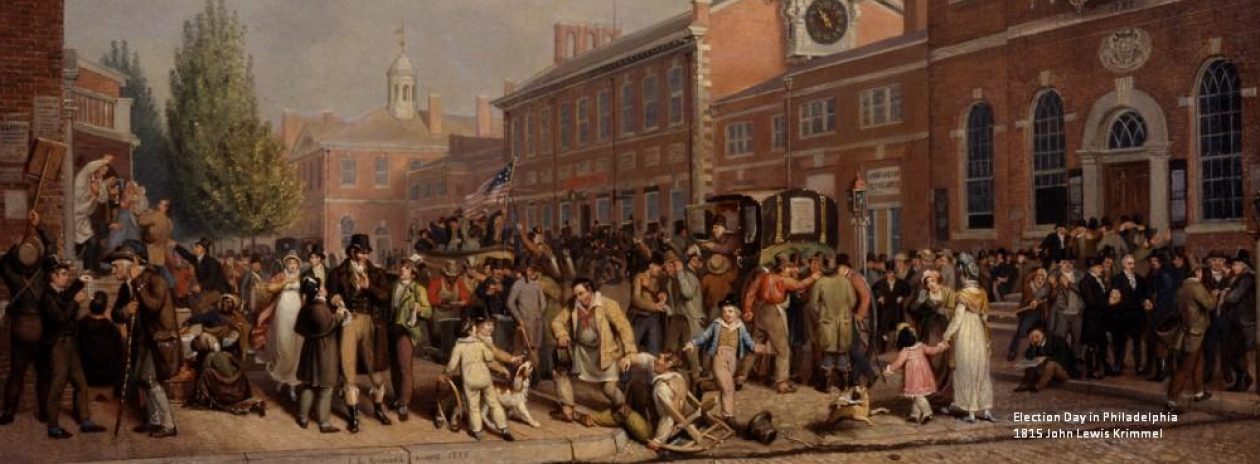Representation – The Main Spring of Democracy
One of the key factors leading to the American Revolution was legislative representation – “Taxation without Representation” being a rallying cry of the founders of the United States. The question of adequate representation was at the core of the creation of the United States. Today representation is no less important, and once again, our democracy is at risk because of inadequate representation.
(Bruce Bartlett on Enlarging the House)
The Constitution of the United States established the House of Representatives as the one and only direct link between the people and their federal government. Recognizing the importance of this critical link, the writers of the Constitution gave careful thought on how best to achieve effective representation. Their plan, as defined in the First Article to the Constitution: count our people every ten years and add Representatives as necessary to keep representation in step with the growing population.
And this is what the country did until 1910.
(Did you know that we’re missing the First Article of the Bill of Rights?)
With the Apportionment Act of 1911, the members of the House, acting to preserve their own seats in Congress, decided not to increase the size of the House beyond 435. This number was made permanent for all future censuses by the Reapportionment Act of 1929. A hundred years on, we, the people, still have only 435 Representatives to our government.
(It’s Time to Increase the Size of the House – Sean Trende)
The results? In 1910 the average ratio of Representatives to constituents was approximately 1 to 250,000. Today the average is 1 to 700,000. By 2030 it will be close to 1 to 1 million. Money has become increasingly important in politics as expensive campaigns now must reach larger constituencies. Representation of the states in Congress is unequal because districts vary greatly in size. And turnover in Congress has slowed as Representatives serve more and more terms. The power granted by the people has been concentrated in fewer and fewer hands for longer and longer periods. In short, America is simply losing its representative and participatory democracy.
(Rethinking Reapportionment – Fix the Electoral College)
How this has happened and how this could be corrected is addressed by various authors in the Library section. We, the voters, have the responsibility to make our democracy work again.
Want to help? Send an email to admin@buildabiggerhouse.org
